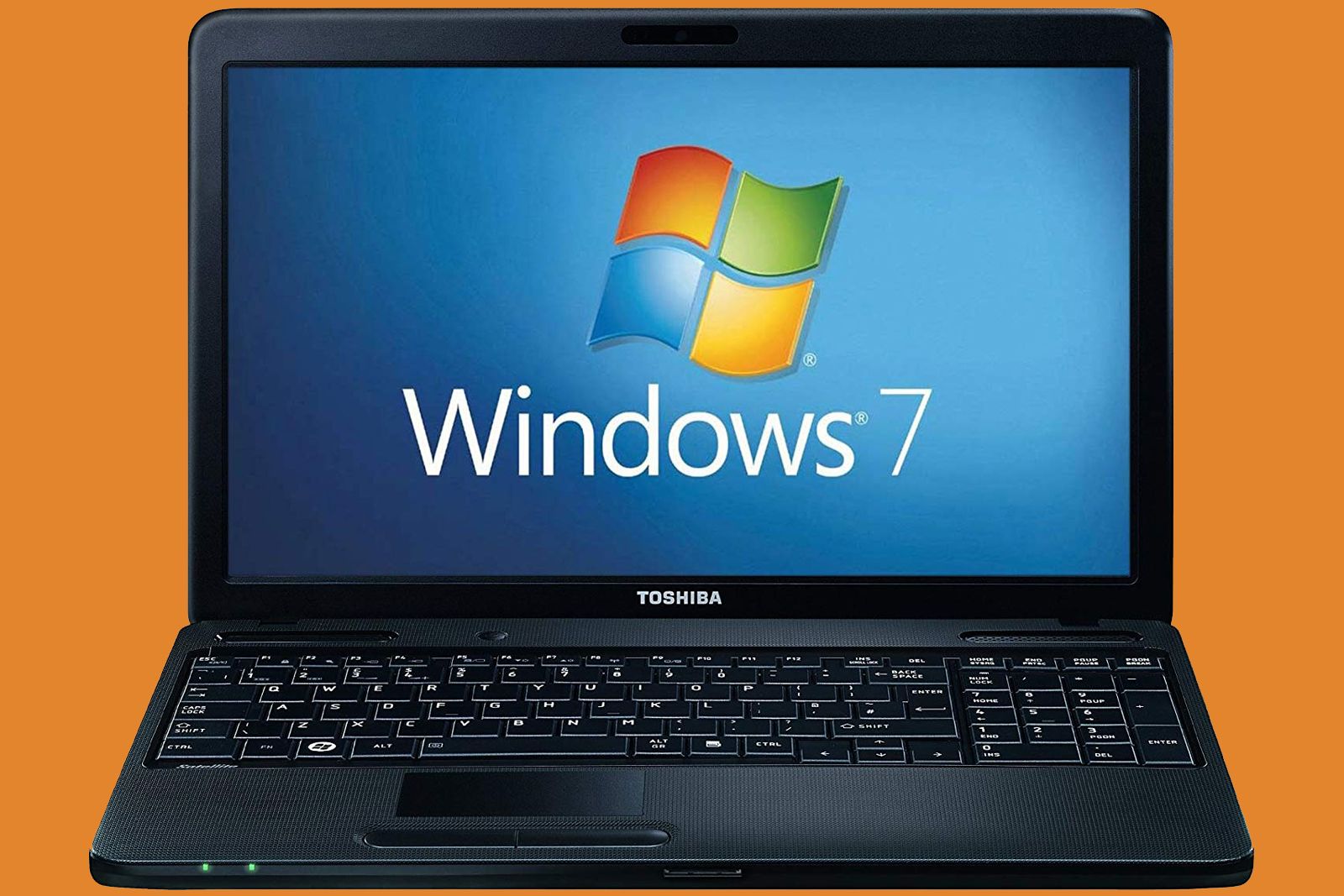After an extended period Microsoft has finally ended support for the 11 year-old Windows 7. If you’re thinking that Windows 7 is old news, you’d be right.
Everybody is using Windows 10, aren’t they? Actually, no.
The fact is that, just like the much-loved Windows XP two generations before it, people still won’t let go of Windows 7.
According to StatCounter, around 27 percent of Windows users are still using it compared to 65 percent using Windows 10.
People didn't upgrade their PCs
The issue is that Windows 7 still works just fine and there are a huge amount of people haven’t upgraded their PCs. Despite recent signs of PC sales growth, analyst Gartner says that, in 2018 – the last full year we have numbers for at the moment – PC shipments were down almost 30 percent compared to 2011 when, of course, Windows 7 was at the height of its powers ahead of the 2012 launch of the unloved Windows 8.
While Windows 10 has a bunch of new and different features and is a smoother experience than Windows 7, there are many users who probably can’t tell the difference. And, with Windows’ famed long-term support for apps many of today’s desktop programs still work fine on Windows 7 (or there’s a version that does).
That’s in contrast to in Apple’s strategy for macOS, which seems to leave apps behind with every yearly generation.
The 27 percent figure for Windows 7 is in stark contrast to those for other, less loved versions of Windows. The resource-hungry Windows Vista, which Windows 7 replaced, is now down to a tiny 0.3 percent of users. It probably still takes five minutes to boot up.
The acquired taste of Windows 8 and 8.1 are on around 6 percent combined, showing that many people didn’t choose go from 7 to 8 and therefore didn’t upgrade to Windows 10. There is no Windows 9, simply because Microsoft felt that Windows 10 represented the big step on from what had gone before.
Even though, In reality, Windows 10 wasn’t a big step on, backtracking from the tablet-centric Windows 8 and distilling the best bits from Windows 7 and 8.
Why didn't people upgrade?
But yes, the failed Windows 8 – and it’s half-step successor Windows 8.1 – are the main reason why many people are still using Windows 7. The new interface – designed for tablet PCs – moved away from the interface that had made Windows so successful since Windows 95.
Microsoft also didn’t have a plan as to how to educate users to use it. And in doing so, Microsoft either left people behind or forced them to stick with Windows 7. And, of course, that was a perfectly palatable situation for many since it worked – and still works – absolutely fine.
One thing is for sure – to keep running a Windows 7 PC instead of upgrading to Windows 10 must have taken a bit of nerve though, Microsoft has bombarded users with messages about upgrading it in the past and has again been sending out messages about the end of support. That kind of think takes some effort to ignore.

